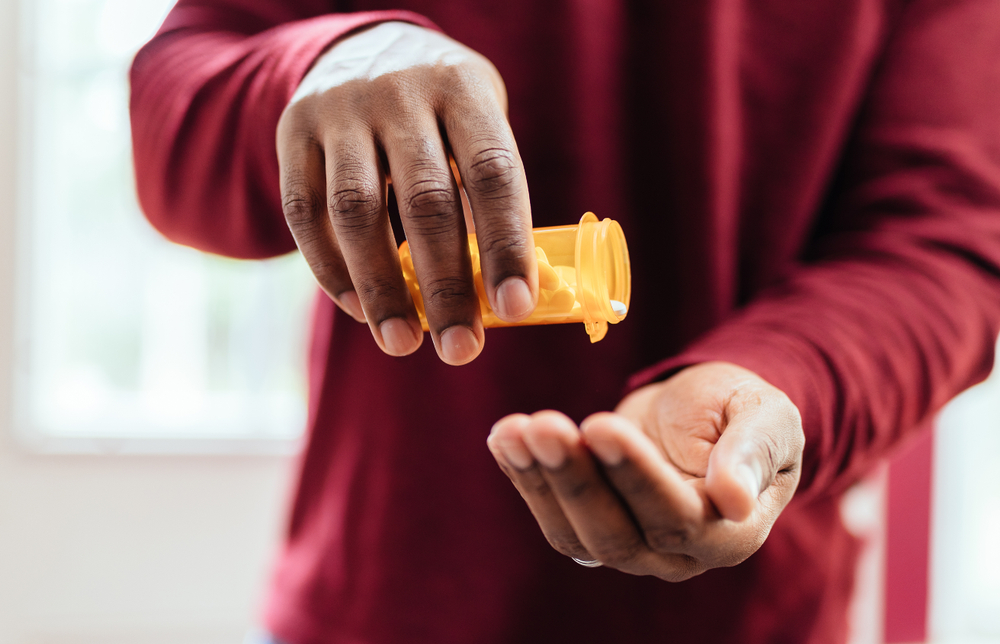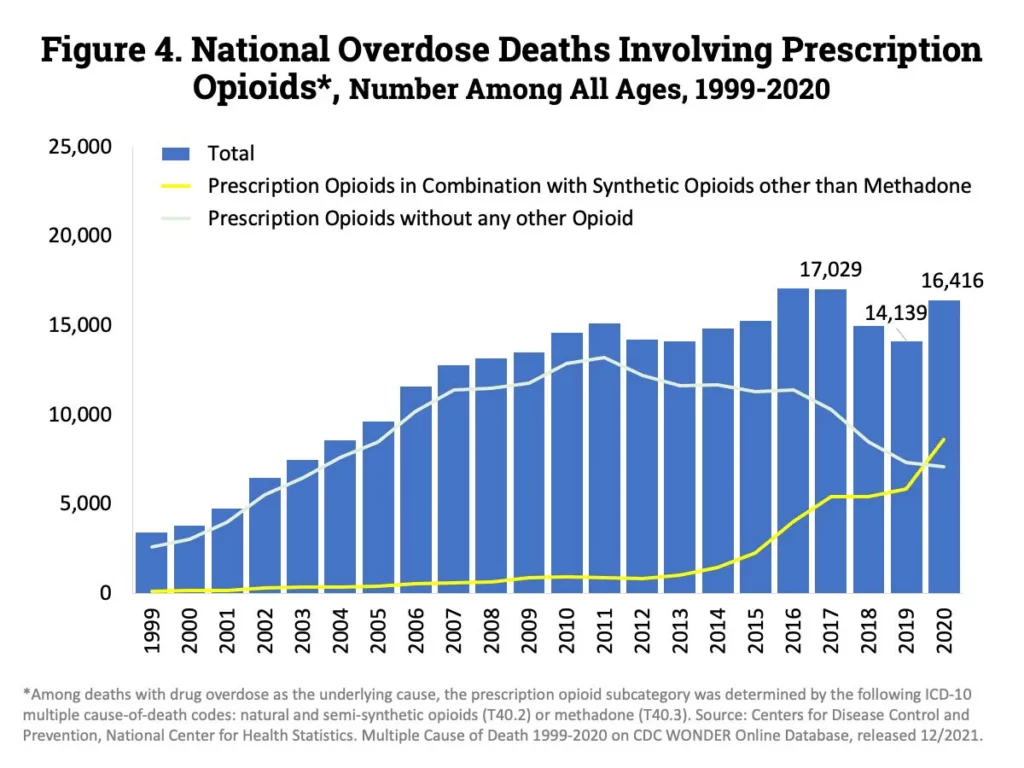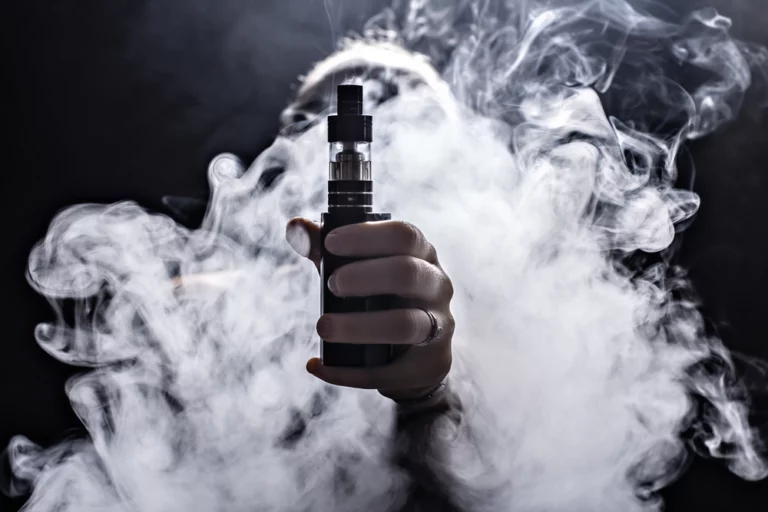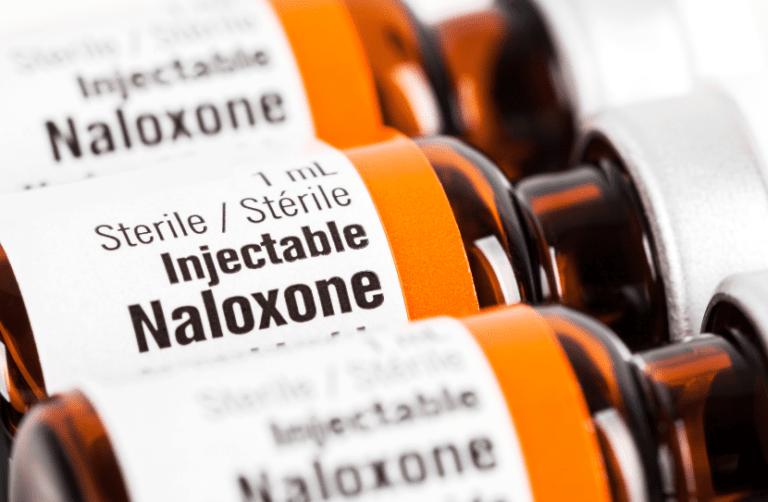Painkiller Addiction: A Complete Guide
Painkiller addiction is a rapidly growing concern in the United States. The CDC reports that overdose deaths involving prescription opioids increased by over 16% from 2019 to 2020, accounting for nearly 18% of all opioid overdose deaths. In 2020, there were over 16,000 deaths from opioid overdoses involving prescription opioids, for an average of 44 deaths per day.
Opioid addictions do not happen overnight. Prior to dependence on opioids, people misusing prescription drugs often go through a period of misusing. Because opioids are so addictive, they may lead a person to become addicted unintentionally. Continue reading to learn more about painkillers, symptoms of abuse, and how addiction to these drugs can be treated.

Commonly Abused Prescription Painkillers
It is common for people taking prescription drugs to be unaware of the risk of addiction. There are at least 15 opiate painkillers on the market at any given time. It can be hard to distinguish between those that are especially addictive. However, some prescription opioids are more likely to be abused than others. These substances include:
- Morphine
- Oxycodone
- Codeine
- Fentanyl
- Hydrocodone
- Hydromorphone
Opiates, including codeine and morphine, are often prescribed to alleviate pain. These substances, however, can be hazardous if they are abused. Oxycodone, the opiate component in OxyContin and Percocet, is a frequently prescribed opiate that is well-known for its previous ease of access—people used to crush and snort the drug in an attempt to achieve a fast high. Recently, the drug has been altered in order to prevent this type of abuse.
Risk Factors for Painkiller Addiction
Using other methods than prescribed to take opioids, such as crushing a pill so that it may be snorted or injected, is the most addictive. A fast-acting formulation in particular is even more perilous if it is a long- or extended-lasting drug. Taking a high dosage can cause an accidental overdose. Taking more than your prescribed dosage of opioid medicine or taking it more often than prescribed also increases your risk of addiction.
Long-term opioid use and addiction are associated with taking opioid medications for longer than a few days. Scientists noted that only five days on opioids after starting a short regimen increased the likelihood that patients would still be on opioids a year later. Genetic, psychological, and environmental factors play a role in addiction, which occurs quickly or as the result of years of opioid use. The following are risk factors for opioid abuse and addiction:
- Mental health issues
- Family history of addiction
- Criminal activity
- Poverty
- Unemployment
- History of substance abuse
- Age
- High-risk environments
Women also have a specific set of risk factors for opioid addiction. Opioid addiction is more likely to occur in women due to a variety of reasons. Women experience chronic pain more than men, as well as being prescribed opioid medications and receiving higher doses. Furthermore, women may have a biological predisposition to become dependent on prescription pain medications more rapidly than men.
How Getting High From Painkillers Make You Feel
When a person takes a painkiller, the drug activates a part of the brain that controls pleasure, reward, and pain. This connection gives the individual pain relief as well as an elevated mood. This side effect is what can lead to addiction. The painkiller high produces the following:
- Pain relief
- Relaxation
- Confusion
- Euphoria
- Slowed reaction time
- Impaired motor skills
- Fatigue
- Drowsiness
- Dizziness
- Heaviness in extremities

How Using Pain Medication Could Cause Addiction
Opiate narcotics—prescription painkillers—are known to stimulate brain areas associated with pleasure. In addition to pain relief, opiate painkillers produce elation and the impression that everything is fine. Most individuals who abuse prescription painkillers such as Vicodin or OxyContin believe that the fact that they were prescribed by a medical professional makes them safe. In reality, these drugs are as dangerous as illegal drugs if they are used in a manner other than that for which they were prescribed.
Prescription drugs such as Vicodin and OxyContin are fairly safe when used as directed. However, when used improperly, these substances are as deadly as illicit substances. People who abuse prescription painkillers often combine them with other substances to intensify the high. Those seeking a boost of pleasure and carelessness might combine prescription painkillers with other downers such as alcohol or benzodiazepines. Combining these medications can lead to respiratory depression, resulting in respiratory arrest and death.
Long-Term Effects of Painkiller Use
When you take an opioid like OxyContin in excess or for a longer period of time than recommended, you prevent your body from naturally reducing pain. Your brain is tricked into believing it needs the painkiller in order to feel good, which decreases your body’s capacity to produce feel-good chemicals and endorphins on its own. Damage to the central nervous system is one of the severe consequences of drug abuse.
Painkillers aren’t solely limited to the central nervous system and the body’s natural pain reduction capabilities. Dependency and addiction can have a far-reaching impact on your body:
Heart
Injecting or snorting painkillers directly into the bloodstream is an addictive habit. The problem with this method is that the drug enters the bloodstream directly, affecting the heart. Long-term painkiller abuse may result in serious cardiovascular complications, heart attacks, and heart disease.
Liver
When you take pain pills, your liver processes and breaks down the drugs. Your liver stores the toxins produced as a result of this breakdown, leading to liver damage over time or even death.
Stomach
It can take just a day or two of taking painkillers for stomach and intestinal issues to arise. Painkiller abuse can lead to bloating, abdominal distention, constipation, bowel obstructions, and hemorrhoids.
Veins
Sharing needles or not sterilizing them can lead to bloodborne infections and diseases, especially if they are used to inject painkillers. Opioids like painkillers can cause collapsed veins and other health issues if they are injected.
Risk for Painkiller Withdrawal
Long-term use of opioid medication desensitizes your body to the effects. Your body requires more of the drug as time goes on to receive the same results. This can be extremely lethal and increases your likelihood of accidental overdose. Your brain’s nerve receptors operate in a different way after prolonged use of these medications, and they eventually become dependent on the drug to function.
Physical dependence can be a sign that you are still physically dependent on an opioid medication if you become sick after you stop taking it. Withdrawal symptoms are a physical reaction to the lack of these substances. A lot of people take opioids to avoid suffering or experiencing withdrawal symptoms. These substances are frequently abused, with some individuals not recognizing it. They may mistake withdrawal for symptoms of the flu or some other condition.
Everyone experiences opioid withdrawal differently. How long a person experiences opioid withdrawal symptoms and the symptoms they experience depends on multiple factors. Symptoms of prescription painkiller withdrawal typically include:
- Muscle aches
- Anxiety
- Excessive sweating
- Restlessness
- Insomnia
- Diarrhea
- Vomiting
- Abdominal cramps
- High blood pressure
- Rapid heart rate
- Dehydration
- Seizures

Risk of Painkiller Overdose
An individual who is hooked will take greater amounts of painkillers in order to get the same effects or ‘high’ as their tolerance increases. This continual increase in the dose also puts you at significant risk of opioid overdose, which can be fatal. Symptoms of an overdose include:
- Constricted pupils
- Depressed breathing
- Unconsciousness
- Clammy skin
- Weak pulse
- Nausea or vomiting
In the Event of an Overdose
An opioid overdose is extremely serious and potentially deadly if not treated immediately. If someone has overdosed on painkillers, you should be ready to respond in an efficient and effective manner in order to give the victim the best chance for survival.
First – Call 911
It is crucial to remain calm and explain the situation to emergency services during this process. Be prepared to clearly provide your address.
Second – Check for Signs
Be mindful of the victim’s breathing if you believe he or she has overdosed. A ‘death rattle’, a sign of impending death if it’s present when the victim exhales, is a very distinct labored sound coming from the throat. If you are trained in CPR, you will need to perform it in this scenario.
Third – Administer Narcan
If you are properly trained and equipped to give the “antidote” medicine naloxone, commonly known as Narcan, you should provide it as soon as you suspect someone has overdosed on opioids. Naloxone takes effect in 3-5 minutes. Continue providing CPR (if you are qualified to do so) until medical help arrives.
Painkiller Addiction in America
Pain affects millions of Americans, and opioids are frequently prescribed to help them. Opioid misuse, opioid addiction, and overdoses have become a major issue across the United States. Since the 1990s, when opioid prescriptions increased, the number of opioid overdoses and deaths has also risen. Despite the fact that prescription opioids are prescribed and sold for pain more than ever, the quantity of pain Americans report has not risen. More than 263,000 Americans died from an opioid overdose between 1999 and 2020. Prescription opioids nearly quintupled between 1999 and 2020, resulting in tens of thousands of overdose deaths.
The graph below displays the significant increase in overdose fatalities involving prescription painkillers within the last two decades alone.

How to Get Help for Painkiller Addiction
The initial step in helping oneself or a loved one recover from painkiller addiction and begin the road to recovery is to enter a professional treatment center.
At Oasis Recovery Center in Asheville, we offer opioid addiction treatment programs that combine conventional and alternative therapies based on your or your loved one’s unique requirements. Through our intensive treatment programs, clients may recover physically, mentally, and psychologically from the harmful results of painkiller abuse and learn how to handle future addiction problems.
Please contact a treatment specialist today to learn more about our addiction treatment options. You are not alone.









